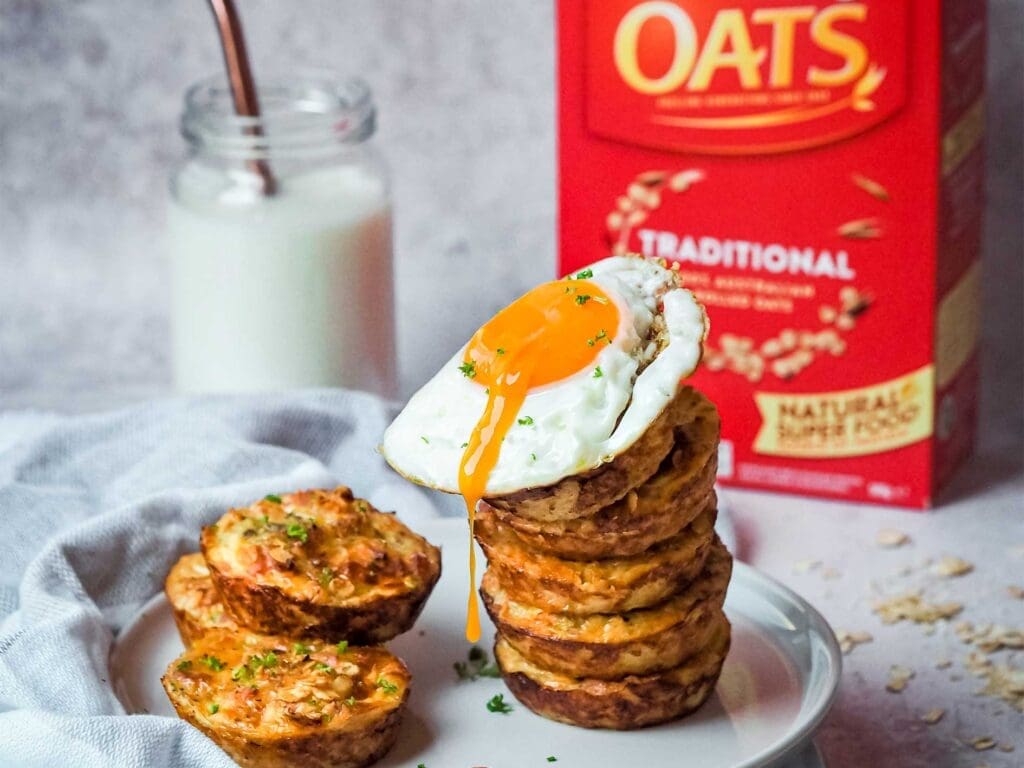TikTok’s latest obsession isn’t a new challenge – or even a carefully choreographed dance routine.
It’s a recipe hack.
U.S. lifestyle creator, @emilymariko‘s #SpicySalmon bowl recipe has gone viral. With leftover rice and salmon as her base, she creates the perfect ‘deconstructed sushi roll’ bite. But what’s blowing TikTok’s mind is that she puts an ice cube in the bowl before placing it in the microwave – and the ice doesn’t melt! A fact that has made thousands of users try it out for themselves.
This isn’t the first time a recipe has spread like wildfire. Who could forget the baked feta and tomato pasta recipe? If you were living under a rock and haven’t seen it, you can check it out here. Basically, users would place cherry tomatoes, a whole block of feta, fresh garlic and olive oil in the oven, mix it with pasta and voila. You’d have both a delicious meal – and a new TikTok post.
It was so popular that Coles reported feta and cherry tomatoes were flying off their shelves. Feta sales were up by 20%. Woolworths also reaped the benefits of this viral recipe. Reporting shoppers were buying 10% more feta compared to 12 months prior.
#SpicySalmon and #FetaPasta have been the latest in a long line of viral recipes that have caught social users’ imaginations. Not too long ago there was the wrap hack, the Gigi Hadid Pasta, whipped coffee and pancake cereal. These viral recipes usually have three things in common: They’re easy (simple enough to show in a quick video), they have mass appeal and of course they’re aesthetically pleasing.
@liemessa Baked feta pasta – the original viral #Uunifetapasta 🍝🔥#bakedfetapasta #tiktokfood #fetapasta #foodtiktok
@fitwaffle Breakfast Wrap Hack! Who needs to try this? #wraphack #wrap #breakfast #tiktokfood #recipe #ukfood
Brand impact
The fact that recipes are making such an impact on social is making food and drink brands sit up and take notice. They’re realising that aligning their products with hacks and recipe sharing is an authentic way to drive mass awareness on social media.
It’s a lucrative opportunity too. While passing on favourite recipes is nothing new, social media accelerates the speed in which these ideas can travel and how quickly people want to adopt them. Shopping for ingredients and posting their version of the hack while it’s still on trend.
TikTok has started rolling out a new integration with recipe app Whisk, which enables creators of food videos to post a link to the relevant recipe, which is then overlaid on the video clip via a ‘See full recipe’ CTA. This new integration will drive TikTok foodies to Whisk and allow them to ‘turn recipes into shopping lists’, perhaps offering even more selling potential for brands.

Crowd-sourced recipe sharing
Placing your products in the hands of creators is the best way to generate imaginative content that fits authentically with social trends. Here’s how two of our clients used creators and recipe content to drive brand awareness.
MAGGI 2 Minute Noodles wanted Vamp creators to share how they used their products in delicious balanced meals. They encouraged creators to post images of their dishes and share the recipe ingredients, prep time, cook time and method to inspire their followers.
This effective campaign reached 30k people. The 15 posts were saved 376 times, indicating a high level of engagement from social users who wanted to try out the recipes at a later date. The client was also left with a high-quality bank of content that celebrated their product.
Uncle Tobys invited influences to share how they pimped their favourite oat recipes in their ‘Pimp My Oats’ campaign. 22 food and lifestyle creators were able to generate 39 drool-worthy recipes and stunning imagery. From traditional breakfast bowls to savoury porridge, Shakshuka and muffins, these imaginative recipes provided inspiration to a social audience of 670k.
Toolkit
- Managed campaign
- Influencer marketing
- Boosting


